Maritime Cineraria: [Characteristics, Care, Planting, Pruning and Problems]
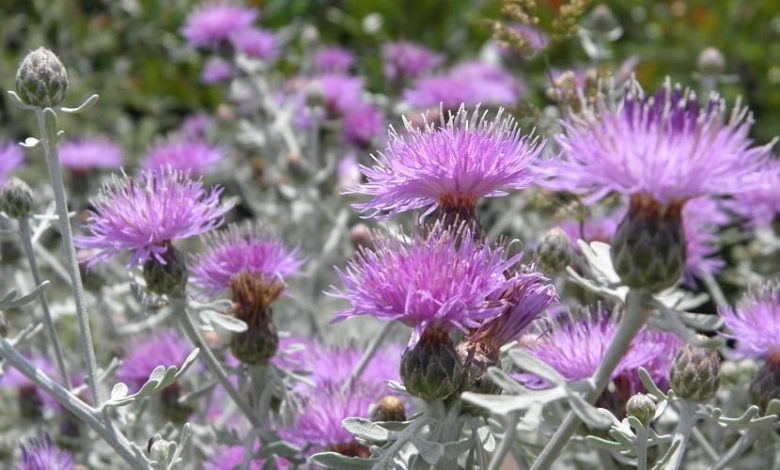
What will you learn in this article?
How to grow the Cineria Martíma plant. From how to prepare the land, to how it should be watered, propagated or how to solve possible problems that may arise.
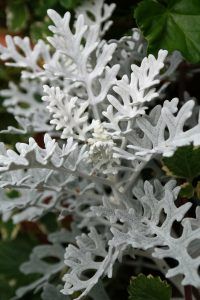 Do you want to give a unique and special touch to your garden? With what could it be? What do you think of a plant whose leaves are not green but grey?
Do you want to give a unique and special touch to your garden? With what could it be? What do you think of a plant whose leaves are not green but grey?
Yes, just as you read it, the main characteristic of the maritime cineraria is that it shows incomparable beauty with its silver-colored leaves.
For this reason it is also known as gray cineraria and as it is a small shrub, it can be placed perfectly in any garden.
We will give you all the data to achieve success in this topic below, so you are attentive to the next lines, are you coming?
Important points when planting Cineraria Marítima:
- When? In spring if it is for seeds. In case of cuttings or layering, it can be expected at the end of summer.
- Where? Outdoors, in areas with constant and more or less warm climates throughout the year.
- How do we prepare the land? It does not need further preparation. If it is very clayey, mix with a little sand.
- How should we water? By drip, always adding water little by little to avoid drowning it.
- How often do you have to water? Once a week in cold seasons, increasing to twice in the summer.
- What care do you need? It is not very demanding. Fertilizations can be applied at will. The only thing is to protect it in case of freezing winters.
- What pests and diseases does it have? Very resistant, only root death in case of drowning.
What is cineraria maritime?
The maritime cineraria is a plant that develops best in climates with mild conditions throughout the year, such as those offered by the Mediterranean. It has characteristic leaves due to their silver color and lobe-like shape, which generates a greater impact.
In addition to this, it has yellow flowers that, although they are quite small, offer a very pleasant contrast in their time. These flowers are not borne in isolation but together on stems that are extensive in length and sometimes exceed the height of the plant itself.
- The plants are usually annual herbs, but under proper growing conditions they become perennials.
- The roots are branched.
- The tap root is yellow in young plants, but becomes light brown as it matures.
- The stem is erect, branched, solid and cylindrical, covered with woolly white and silvery hairs.
- The leaves are cauline; 8.5-9.5X6.5-7.5 cm in size, woolly surface, silvery and white in color with unicostal and petiolate reticulate venation.
- Petiole 3.0-3.5 cm long, exstipulate.
- The leaves grow above the ground, are ovate and spatulate, but at maturity become pinnatifid with oblong and obtuse segments; lobes narrow at base, but widened and toothed towards apex.
Characteristics of this plant
- The inflorescence is a capitulum, 9-13 mm in diameter and arranged in corymbose branched clusters.
- Each chapter is subtended by 12-14 involucres.
- Capitulum is composed of two types of flowers: ray and disc flowers. Ray flowers are peripheral, pistillate, zygomorphic, and epigynous.
- The pappus is hairy and the petals are 5, gamopetalous, ligulate and yellow.
- The disc florets are central, bisexual, actinomorphic, epigynous, tubular, aestivate, and yellow in color.
- The stamens are 5, epipetalous, syngeneic, dithecus, introrse and open by longitudinal slits. The pollen grains are rounded and the exine is rough,
- 24-35μm in diameter.
- The gynoecium is unicarpellar, unilocular, syncarpous, basal placentation, ovary, inferior, simple style 0.5-0.6 mm long and bifid stigma. The ovule is anatropous with
- basal placentation.
- The fruits are achenes, 1.0-1.3 mm long and ribbed.
What kind of plant is cineraria maritime?
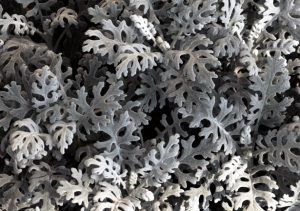 The maritime cineraria is a shrub-like plant that can reach up to a meter in height when it grows in the right conditions for it.
The maritime cineraria is a shrub-like plant that can reach up to a meter in height when it grows in the right conditions for it.
It belongs to the asteraceae family, being native to areas with a Mediterranean climate.
It is a very resistant plant that can be used in areas with strong winds and even in spaces near the coast where there is high salinity.
Preparing the land for this plant
You will need a soil that retains moisture well, but drains excess. To achieve this, it is best to make your own potting mix.
A good mix for this plant is 1 to 2 parts sphagnum peat moss, 1 part vermiculite, 1 part loam soil, and 1 part perlite. You can substitute coarse sand for perlite if needed. A reasonable substitute for peat moss would be coconut fiber.
Your potting mix is reusable for future batches throughout the growing season. Then work the potting mix into one of your outside garden beds and replace it.
How to take care of the maritime cineraria?
Irrigation is a delicate issue in most herbaceous species, but in this case the maritime cineraria is very resistant to drought. That means it becomes a great option for those who don’t have a lot of time to spend on garden care issues.
It may be able to withstand variable temperatures throughout the year, taking care that the winters are not frozen. If there are very strong winters in your area, it is worth installing a protection mechanism.Regarding fertilization, it does not require them.If you want to give it some nutrients, that’s fine.
When is cineraria maritime planted?
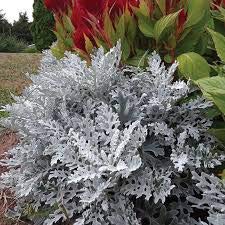 The planting time will depend on the reproduction method to be used, since it accepts three ways: seeds, cuttings and layers.
The planting time will depend on the reproduction method to be used, since it accepts three ways: seeds, cuttings and layers.
In the case of seeds, the best season is spring to offer them the right environmental conditions so that they are comfortable and germinate.
In the case of cuttings, it is possible to wait until the end of flowering and collect the cuttings from what is produced by pruning.
Layers have a wider range of work than this breeding system implies, hence you can progress between spring and summer.
The best method is the cutting because it helps to obtain a new plant, independent from the beginning, with good characteristics and that grows fast.
How is cineraria maritime planted?
Sowing must be done directly on the ground because in a pot its growth will be severely restricted and it will lose its ability to flower. However, when space is limited, it is established in pots to take advantage of the ornamental value in small places.
In addition, it needs many hours of sunlight each day to develop well. It is important that the soil is capable of draining water well so as not to promote waterlogging. Of the rest, it does not need to be specially nourished.
How does cineraria maritime reproduce?
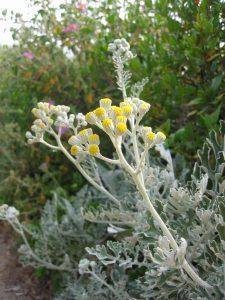 It reproduces by means of seeds that are first made to germinate in seedbeds to later transplant the small plants to the definitive place.
It reproduces by means of seeds that are first made to germinate in seedbeds to later transplant the small plants to the definitive place.
In these times, it is better to keep the plant in semi-shade and with a frequency of irrigation that is profitable for it to prosper.
On the other hand, the substrate used in the nursery is better than sand, since this is the ideal texture for this species.
Other alternatives that also give very good results are cuttings and layering.
How is the maritime cineraria plant pruned?
It must be applied when the flowering season has passed, since one of its characteristics is that it grows in a somewhat “explosive” way.
This means that at first glance it can seem messy and it is worth cleaning it up a bit. In this pruning it is necessary to remove the shoots that have already flowered because those will no longer perform any function.
Here you have to practice cutting above a knot. It is also necessary to cut those shoots that look dry or are in poor condition.
In the same way, the plant is capable of resisting punctual cuts during the rest of the year that help it look more attractive without this implying a problem.
The maritime cineraria is one of the most striking and outstanding ornamental plants due to the characteristics of its leaves. These are capable of decorating any environment and, the best thing is that they can be organized together with other plants without much problem.
Do you want a maritime cineraria in your home? Take advantage of the information that we give you here and get down to work.
Do you need fertilizers?
Since this plant is quite short-lived, fertilization is not strictly necessary.
Before it blooms, you can use a weak liquid fertilizer only once. Once the flowers begin to form, do not pay until they have finished flowering.
If you’re trying to get a second bloom from your plant, wait for the flowers to fade. Trim the flower stems and then refertilize. There are no guarantees that it will bloom a second time, but it doesn’t hurt to give it a try.
Pests, diseases and problems
pests
Most of the pests that affect your florist cineraria will be sucking pests.
- Aphids are by far the worst and most common on this plant. You’ll find them around the axils of leaves and on the undersides of leaves. To remove them, use an insecticidal soap.
- Whitefly: This same treatment should be used for whiteflies. You’ll know you have them when clouds of tiny white bugs are seen around your plants. If you see that, look for tiny larvae on the leaves of the plant. Spray with insecticidal soap to remove them.
- Thrips: Although less common in cineraria, thrips may be present. These black bugs are mostly found on flowers. Also use insecticidal soap.
- Spider Mites: The last two pests are a bit more of a hassle to deal with. First of all, we have spider mites. They can be removed with neem oil or a product like Mite-X.
- Leafminer: And finally, the chrysanthemum leafminer is known to go after florist cineraria. This leafminer is part of the Chromatomyia leafminer family. You will start to see white maze-like patterns chewed on your leaves. The latter is more difficult to treat because the larvae burrow into the leaf itself. It is best to remove damaged leaves completely. Use a powdered or liquid form of bacillus thurigiensis to prevent further colonization.
Diseases
- Botrytis cinerea looks like a gray mold. It is actually a fungus that will cause damage to the leaves of your plant. Neem oil is a good treatment and preventative. For more severe cases, use a liquid copper fungicide.
- Powdery mildew is also common, especially since your plant loves moisture. White powdery spores will begin to form on the leaves. Mild cases can be treated with neem oil, but as with botrytis, use copper fungicide for severe cases.
- Common rust is an occasional problem. It begins with slightly raised, whitish spots on the undersides of the leaves. Over time, the spots develop orange spore masses. As above, copper fungicide is effective against this.
- Sulfur sprays also have a good effect against rust
- Lastly, there are many types of soil-dwelling fungi that can cause root rot and basal rot. These tend to thrive in warm, moist soil. Use a sterile soil mix to avoid them and keep your plant in cool places.
Bibliographic references
- Perennial plants of the Alfonso XIII Royal Botanical Garden, F de Ruta – webs.ucm.es
- IBERIAN FLORA, I Balearic Islands – researchgate.net
- Asteraceae of economic and environmental importance Second part: Other useful and harmful plants, LA Del Vitto, EM Petenatti – Multequina, 2015 – redalyc.org
- List of urban ornamental plants of Tunja (Boyacá, Colombia), WRÁ Alba, MPD Pita – Revista Mutis, 2020 – revista.utadeo.edu.co
- Phenological development of fourteen medicinal plant species under semi-controlled conditions, LS Héctor – 1991 – repository.cucba.udg.mx
- Contributions to the Aragonese flora II, NEM Ferreruela, G Mateo – Flora Montiberica, 1996 – dialnet.unirioja.es
- Ornamental species of the asteraceae family cultivated in the green areas of Western Sicily (Italy), S Rossini Oliva, FM Raimondo… – Lagascalia, 23, 75-84…, 2003 – idus.us.es

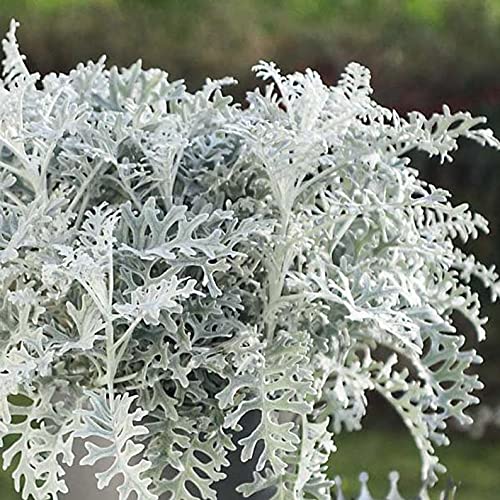
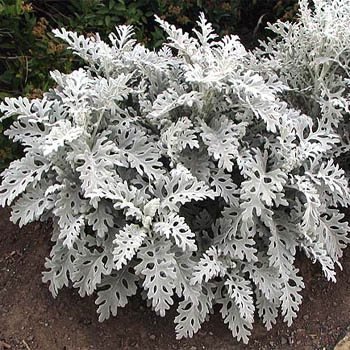
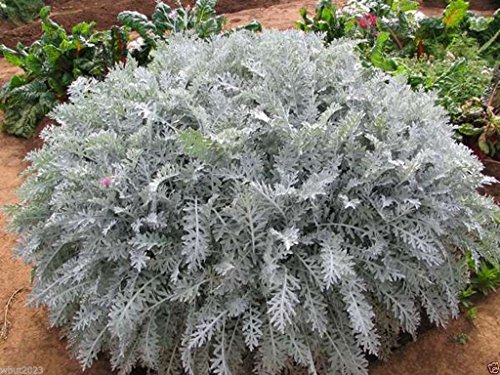
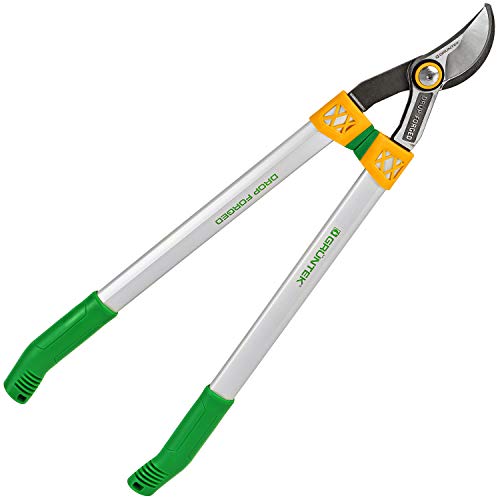
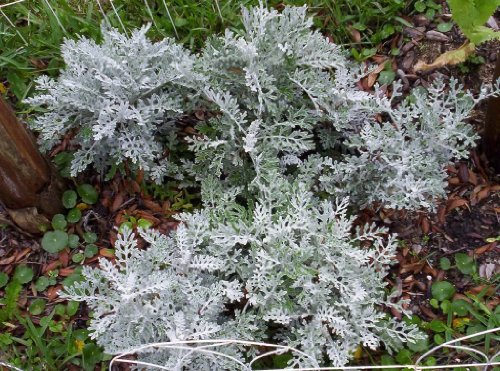

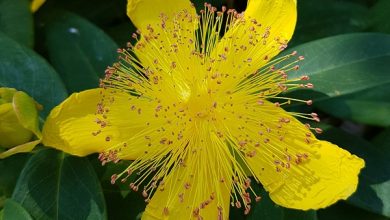
![Photo of White Mold in your Garden: [Identify, Prevent and Treat]](https://www.complete-gardening.com/wp-content/uploads/2022/08/white-mold-in-your-garden-identify-prevent-and-treat-390x220.jpg)
